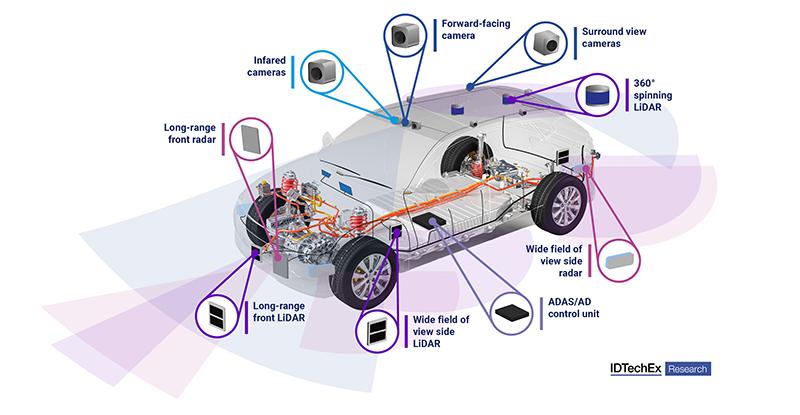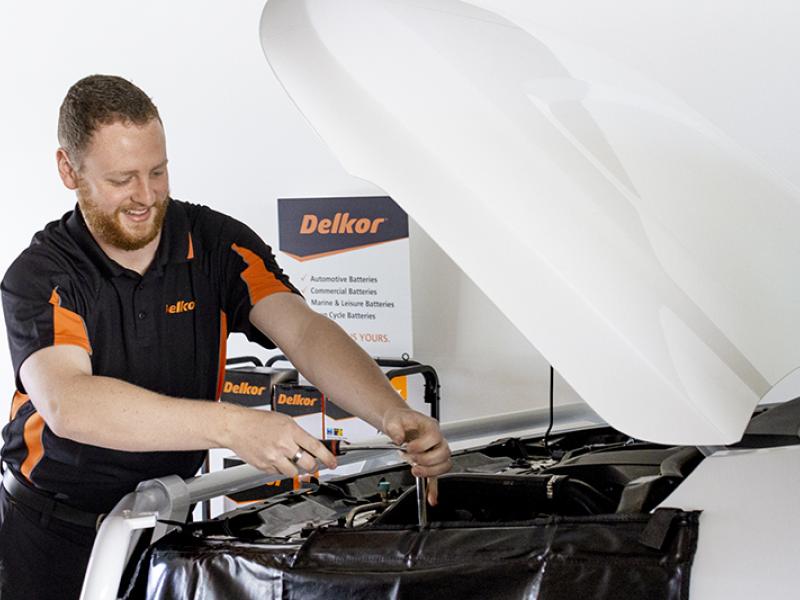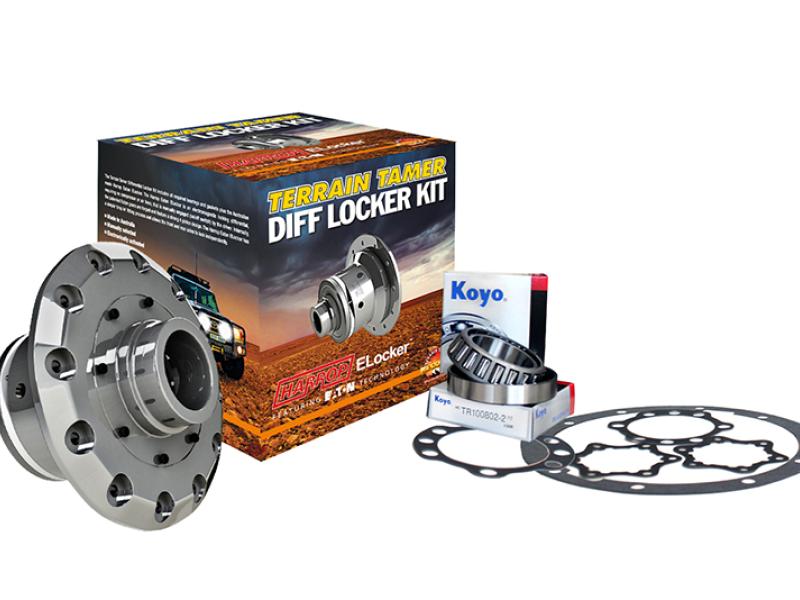Autonomous cars are slowly, but very surely, becoming a part of everyday life. Although they have been hyped and overpromised for a long time, in the last couple of years, the industry has accomplished some significant milestones. The US and China both now have a handful of cities allowing commercial robotaxi services from industry leaders such as Cruise, Waymo, Baidu, AutoX, and more. Europe, on the other hand, has been ploughing ahead with private autonomous vehicles. First, the Mercedes S-Class was given SAE level 3 certification in Germany, meaning that for the first time, drivers could let the car drive for them in very limited conditions. BMW has now entered the mix as well, saying that it will be certifying the 7-series and i7 for level 3 use by the end of the year.
Whether it be a futuristic robotaxi shuffling you driverlessly around a big city or a luxury limousine whisking you autonomously down the autobahn, there is one thing that all autonomous vehicles have in common – sensors, and usually lots of them.
Environmental sensors are not new to the automotive market. Cameras, radars, and ultrasonics have been used across the industry for decades now. So far, they have enabled advanced driver assistance systems (ADAS) such as adaptive cruise control and lane keep assist and have been used for safety features like parking sensors, reverse cameras, and automatic emergency braking. But these features can be enabled with very few sensors; typically, a single forward-facing radar and a couple of cameras can provide enough sensor coverage for a sophisticated SAE level 2 autonomous system. But at level 2, the driver is still responsible for the vehicle, whereas at level 3, the driver can start to disengage from the task.
Moving to SAE level 3 means entrusting the vehicle with far more responsibility than ever before. To do this, OEMs need the vehicle to have the ability to thoroughly monitor its surrounds. Level 3 requires significantly more environmental sensors than ever before. Mercedes, for example, uses eight cameras, five radar, and one LiDAR on its ground baking level 3 drive pilot system. That’s a total of 14 sensors required for autonomous driving, a big step up from the handful of sensors typically seen on level 2 vehicles.
With level 2 vehicles only requiring a single forward-facing radar, level 3 clearly creates a big opportunity for the automotive radar market. However, there are some ADAS functionalities coming to level 2 vehicles and below, which will also demand more radar.
This huge growth potential is possible as emerging safety features such as junction automatic emergency braking demand more radars than ever before. Many in the industry predict that four radars per vehicle, used to provide a 360˚ monitoring cocoon, will become common place, driving enormous growth in the short-range radar market.
The front radar should not be neglected, though. It is currently going through a massive technological evolution, with 4D imaging radars emerging and bringing generational performance improvements.
In addition to the additional unit requirements of radar and cameras, level 3 vehicles are a beachhead market for LiDAR. LiDAR has been seen on vehicles before, and there are examples of vehicles that used LiDAR technologies in the early 2000s. However, these were little more than one-dimensional range finders, and the technology has moved a long way since then. Modern LiDARs, such as the Valeo Scala used by Mercedes and the Innoviz system used by BMW, are sophisticated sensors vital for enabling autonomous driving. LiDARs use narrow beams of laser light, typically scanning across the scene to build a highly detailed 3D rendering of the vehicle’s surroundings. Unlike cameras, LiDAR provides highly accurate ranging information, and compared to radar, LiDAR has significantly better imaging abilities, making it able to classify pedestrians at great distances. The technology helps to fill in the performance gaps left by camera and LiDAR, building a more complete and robust autonomous sensor suite.
For these reasons, LiDAR is a crucial sensor for enabling autonomous driving. The automotive LiDAR market is currently very small, with only a handful of vehicles deploying this futuristic sensor.
While LiDAR is a key sensor for enabling autonomous driving, it can also offer performance improvements to ADAS features for non-autonomous vehicles. One example is in automatic emergency braking systems. One criticism of these systems so far has been their night-time performance. With conventional cameras struggling in the darkness and radars not having sufficient imaging ability to identify pedestrians, there is a measurable weakness. LiDAR can again fill in this performance gap and offers the potential for significantly improved night-time performance of automatic emergency braking systems.
Despite the automotive industry already having an established presence of cameras and radar on vehicles, there is still substantial room for growth. IDTechEx’s report “Autonomous Cars, Robotaxis and Sensors 2024-2044” predicts that the combined automotive camera, radar and LiDAR markets will see a 10-year CAGR of 13 percent, all of which is possible because of the emergence of autonomous technologies within cars. For more information on this report, visit
www.IDTechEx.com/AutonomousCars.
Author: Dr James Jeffs Senior Technology Analyst at IDTechEx






